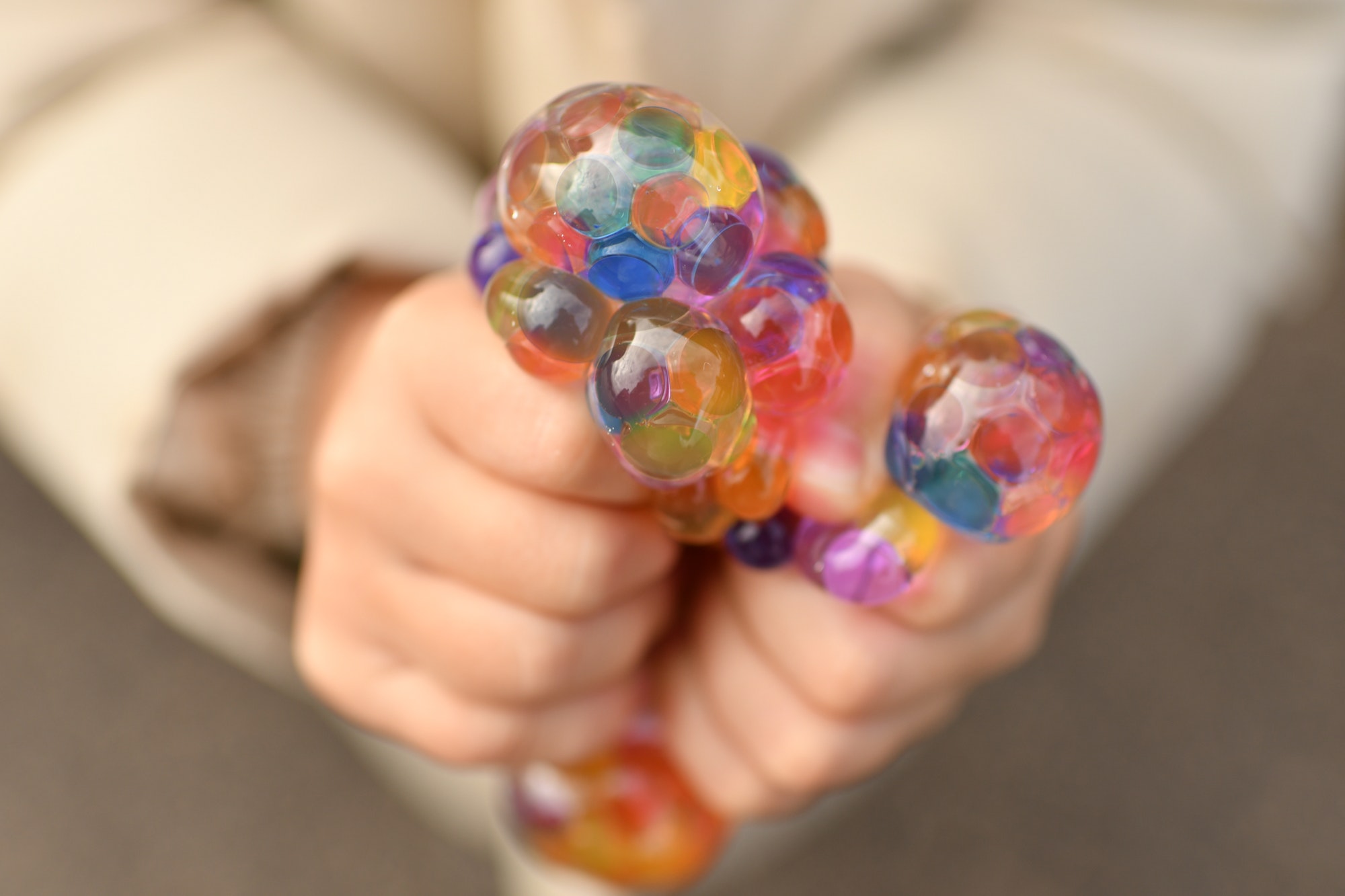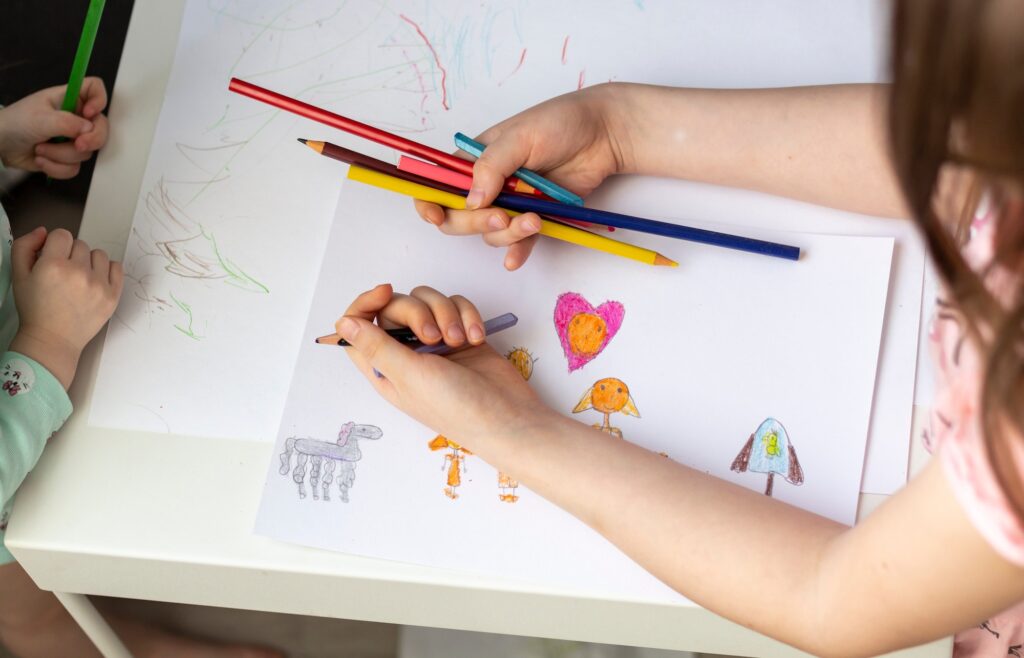Parenting
Managing Autism & Trichotillomania (Hair Pulling)
Trichotillomania & Autism
Trichotillomania, also known as hair pulling disorder, can be a challenging condition for children with autism and their parents. Trichotillomania involves the repetitive pulling out of one’s hair, leading to noticeable hair loss and potential emotional distress. This guide aims to provide parents of children with autism valuable insights and practical strategies to help their child manage trichotillomania effectively.

Educate Yourself
To effectively support your child with trichotillomania, it is crucial to educate yourself about the condition. Learn about the causes, triggers, and potential treatment options available. Understanding trichotillomania will equip you with the necessary knowledge to address the issue appropriately.

Seek Professional Guidance
Consulting with healthcare professionals experienced in autism and trichotillomania is highly recommended. They can help diagnose the severity of your child’s condition, provide specialized treatment options, and offer coping strategies tailored to your child’s unique needs.


Create a Supportive Environment
Establish a nurturing and non-judgmental environment for your child. Encourage open communication and ensure your child feels comfortable discussing their trichotillomania. By fostering a safe space, your child will be more likely to seek help and share their concerns.

Identify Triggers & Patterns
Observe and identify specific triggers or situations that lead to hair pulling. Common triggers may include stress, anxiety, boredom, or sensory sensitivities. By recognizing these triggers, you can develop strategies to minimize their impact on your child.

Implement Sensory Alternatives
Children with autism often find sensory relief through various activities. Introduce alternative sensory experiences such as fidget toys, stress balls, textured fabrics, or sensory bins filled with materials like rice or sand. These alternatives can help redirect their focus away from hair pulling and provide a soothing sensory outlet.

Encourage Healthy Coping Mechanisms
Teach your child alternative coping strategies to replace hair pulling. Encourage them to engage in activities they enjoy, such as drawing, painting, writing, or playing musical instruments. These activities can serve as healthy distractions and help redirect their urge to pull their hair.

Implement a Visual Schedule
Visual schedules can help children with autism establish routines and reduce anxiety. Create a visual schedule that incorporates designated hair-pulling-free times or alternative activities during triggering situations. Ensure your child understands and follows the schedule consistently.


Maintain Consistency
Consistency is essential when managing trichotillomania. Establish consistent rules related to hair pulling. Reinforce positive behavior through rewards and praise when your child successfully refrains from pulling their hair.

Practice Relaxation Techniques
Teach your child relaxation techniques to manage stress and anxiety. Breathing exercises, yoga, meditation, or guided imagery can help your child calm their mind and reduce the urge to pull their hair. Encourage these techniques during stressful situations.

Support Groups & Therapies
Consider joining support groups or therapy programs specifically designed for parents and children dealing with trichotillomania. Connecting with other families experiencing similar challenges can provide emotional support, exchange coping strategies, and share success stories.
Celebrate Victories
Managing trichotillomania in children with autism requires patience, understanding, and a multi-faceted approach. By educating yourself, seeking professional guidance, creating a supportive environment, and implementing practical strategies, you can help your child navigate trichotillomania successfully. Remember, every child is unique, so tailor your approach to meet their individual needs, and celebrate even the smallest victories along the way.
Guide Disclaimer
The information provided in this article is intended for general informational purposes only and should not be considered as professional advice or a substitute for medical, therapeutic, or educational guidance. Every individual’s needs are unique, and what works for one person may not work for another. It is essential to consult with qualified professionals, such as doctors, psychologists, therapists, or educators, who can provide individualized recommendations and support tailored to your specific needs.


